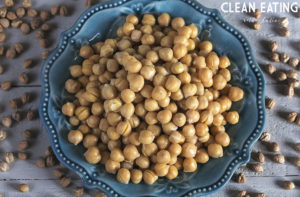Persimmons are not a “new” food for me, however, I’m not a big fan of them. This is probably the only fruit that I don’t really like. From what I gather, if you grew up eating them (probably because you had a tree in your yard – at here in silicon valley), you like them, if you didn’t grow up eating them, eh, no so much. You guessed it, I didn’t have a tree in my yard or in any of my relatives’ yards. And while I don’t have many recipes for using persimmons, I have made a seasonal salad at Thanksgiving that included persimmons, and it was delish!
Jennifer Tyler Lee recommends baking persimmons, making a persimmon cake, or making persimmon chips.
Food Facts:
 Persimmons are a relative of the apple and the pear.
Persimmons are a relative of the apple and the pear.- Good source of vitamins A, C, B6, E, and K, maganese, potassium, and copper.
- Good source of fiber.
- Persimmons contain antioxidant carotenoids, including: lycopene, beta-carotene, beta-cryptoxanthin, lutein, zeaxanthin, and phenols.
- Because of the nutrients they possess, persimmons are heart protective.
- Studies have also shown that persimmons have an anti-viral effect.
- In season in late fall and early winter.
- A new study shows persimmons being used to combat breast cancer cells while not harming regular breast cells. This is due the content of fisetin, a flavonoid.
- Originally from Asia.
- There are two types of persimmons, astringent and non-astringent. The astringent persimmons are bitter when eaten raw.
- Fuyu are best peeled and eaten raw and can be eaten while the fruit is still firm.
- Hachiya are best used for baking. They are also commonly dried by hanging them from a string and allowing the sun to “candy” them.
- Hachiya have an elongated shape and the Fuyu are short and stout.
From:
The 52 New Foods Challenge by Jennifer Tyler Lee, Superfoods
by Tonia Reinhard, http://blog.outoftheboxcollective.com/recipes/glorious-persimmons/ and http://foodfacts.mercola.com/persimmon.html.


 onths.
onths.
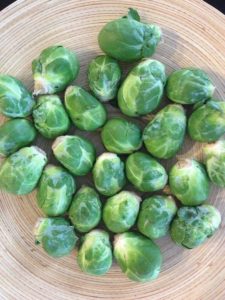
 The Globe/French artichoke is the most nutrient dense variety.
The Globe/French artichoke is the most nutrient dense variety. This peaked my interest and so when it was time to do research on a topic relating to heart health, I read the book. Several months after reading the book, I went to the
This peaked my interest and so when it was time to do research on a topic relating to heart health, I read the book. Several months after reading the book, I went to the 
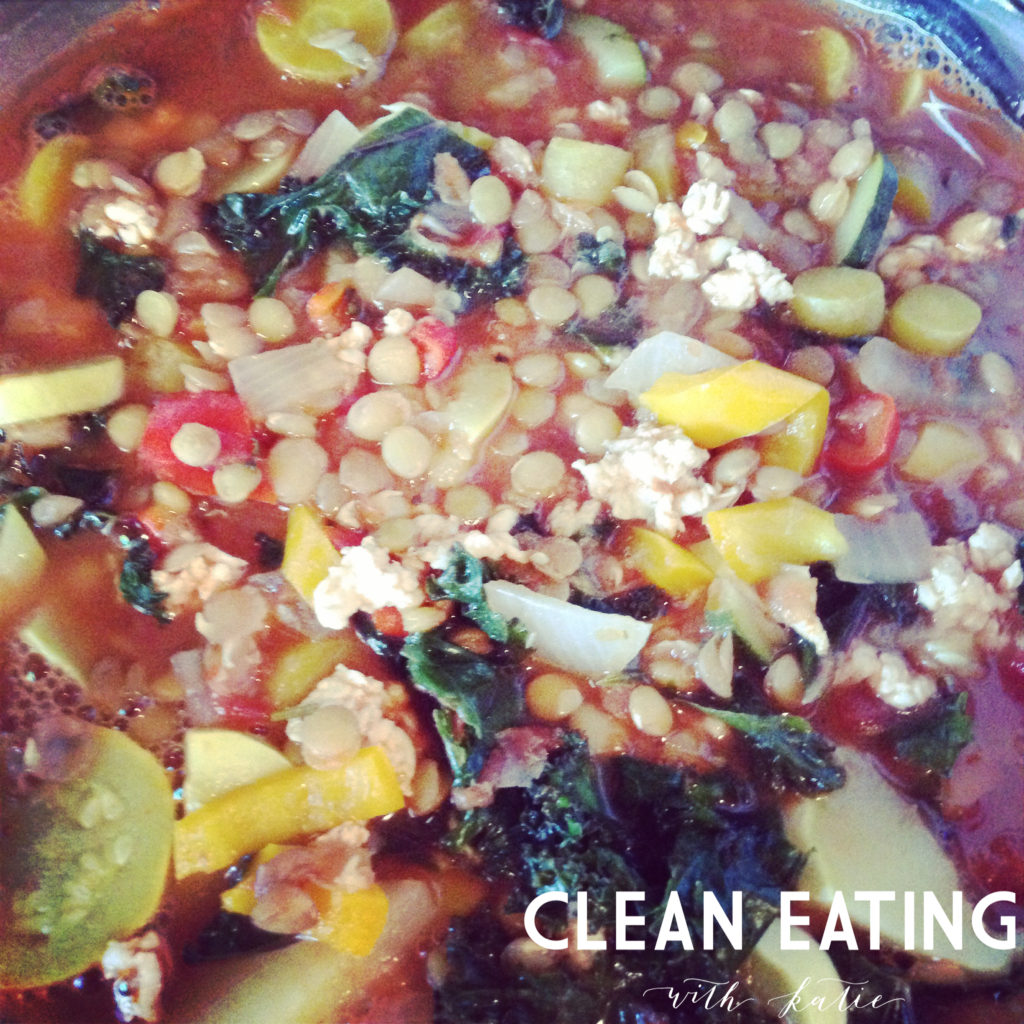
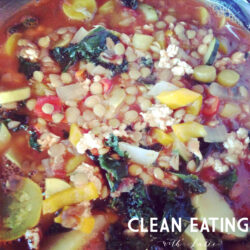
 and just I had to include it for this post. It is me to a T. While garlic is not new to most any of us, there are always new and inventive ways to include this superfood in your diet. I include it in tomato sauces, in my bone broth, in stuffed peppers,
and just I had to include it for this post. It is me to a T. While garlic is not new to most any of us, there are always new and inventive ways to include this superfood in your diet. I include it in tomato sauces, in my bone broth, in stuffed peppers, 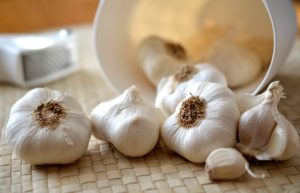 Has been demonstrated to protect against atherosclerosis, heart disease, elevated cholesterol levels, elevated blood pressure.
Has been demonstrated to protect against atherosclerosis, heart disease, elevated cholesterol levels, elevated blood pressure.
